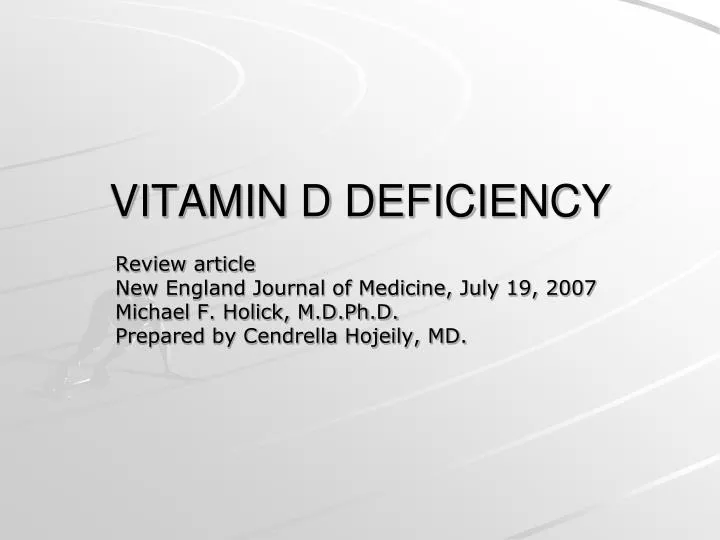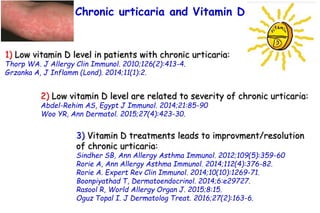

Research points to a bacterial etiology pathogenesis for an inflammatory disease process which results in high 1,25(OH)2D and low 25(OH)D. Some authorities now believe that low 25(OH)D is a consequence of chronic inflammation rather than the cause. This is a new topic, and the prevalence of manifestations is described in only a few. In the present studies, oral manifestations such as salivary gland infections, aphthae, erythema, gingivitis, ulcers, etc. This article reviews vitamin D's influence on the immune system, examines the myths regarding vitamin D photosynthesis, discusses ways to accurately assess vitamin D status, describes the risks of supplementation, explains the effect of persistent infection on vitamin D metabolism and presents a novel immunotherapy which provides evidence of an infection connection to inflammation. The etiology of oral manifestations associated with COVID-19 infection and vitamin D deficiency remains controversial. Assessment of both metabolites often reveals elevated 1,25(OH)2D, indicating abnormal vitamin D endocrine function. The level of 25(OH)D does not always reflect the level of 1,25(OH)2D. In addition, micronutrient deficiencies (ie, iron, io- dine and vitamin A) and urinary bladder stone disease have declined among pregnant women, school- and pre. Up to 40 of people infected with - D la tum develop low levels of vitamin B 12, and 2 develop symptomatic megaloblastic anemia. As a result of the study the difference of 25-OH Vitamin D3 levels between HPVDNA positive group and the control group were statistically significant (p0,009). of the vitamin by the parasite, as well as by parasite-mediated dissociation of the vitamin B 12-intrinsic factor complex, thus making the vitamin unavailable to the host. The current method of determining vitamin D status may be at fault. This study aimed to determine if there is a relationship between HPVDNA infection and cervical intraepithelial neoplasia and Vitamin D deficiency. Despite increased vitamin D supplementation inflammatory diseases are increasing. Low serum 25(OH)D is also found in healthy persons exposed to adequate sunlight. The second is whether vitamin D administration to deficient individuals can prevent infection or alter the course of disease severity. Controlling malaria, measles, diarrhea, and parasitic infections can also help the body to absorb and retain essential vitamins and minerals.


The influence of vitamin D deficiency on inflammation is being explored but studies have not demonstrated a causative effect. The first one is whether there is an association between vitamin D deficiency and susceptibility to Coronavirus Disease 2019 (COVID-19). These findings came from a study that identified an extraordinarily high incidence of vitamin D deficiency among tuberculosis-susceptible women in Muslim communities in London. Inflammation is believed to be a contributing factor to many chronic diseases. gondii infection in two groups of vitamin D sufficient and deficient individuals was noticeable and Toxoplasma infection was associated with vitamin D.


 0 kommentar(er)
0 kommentar(er)
